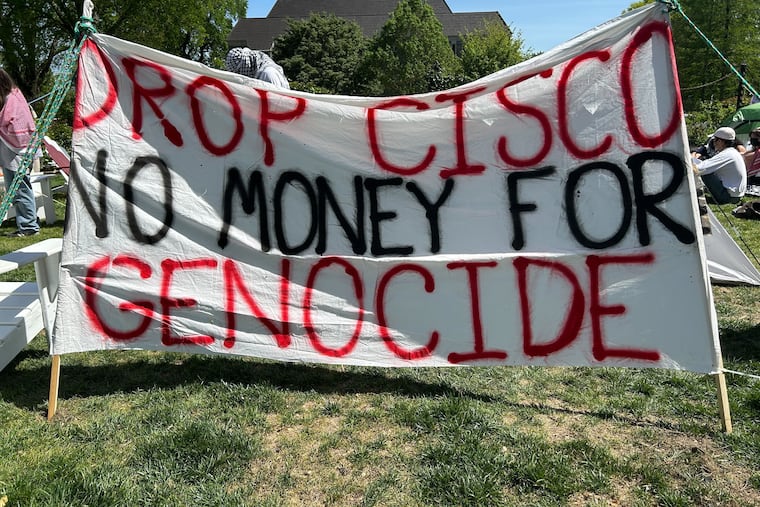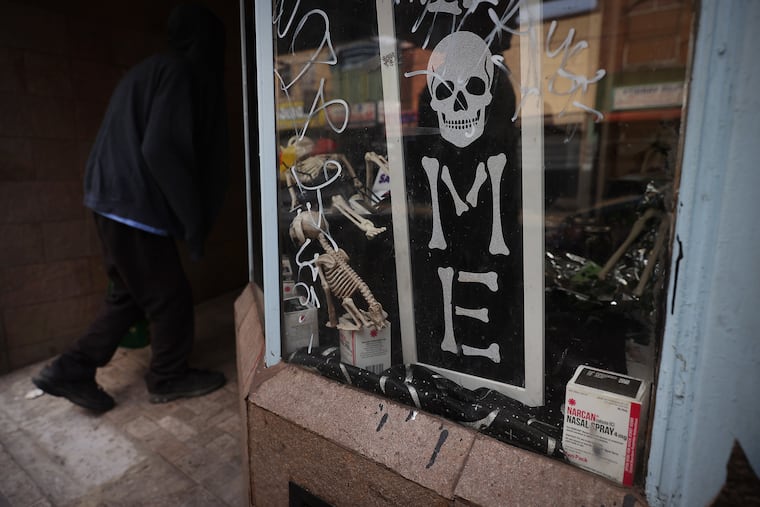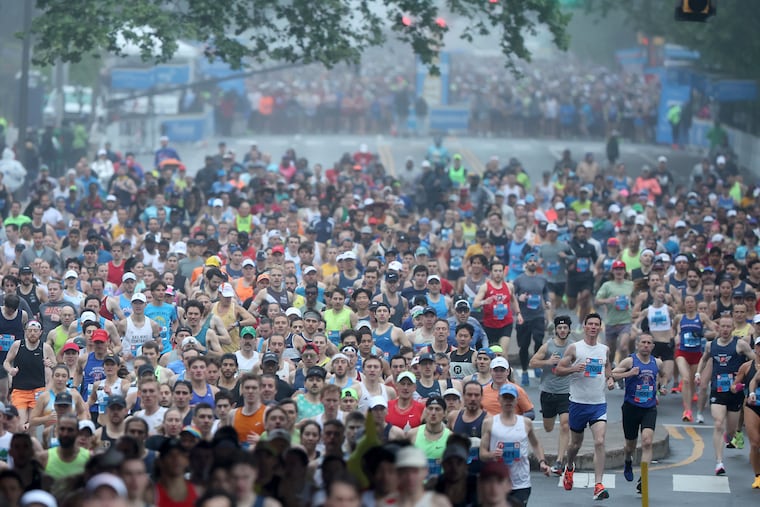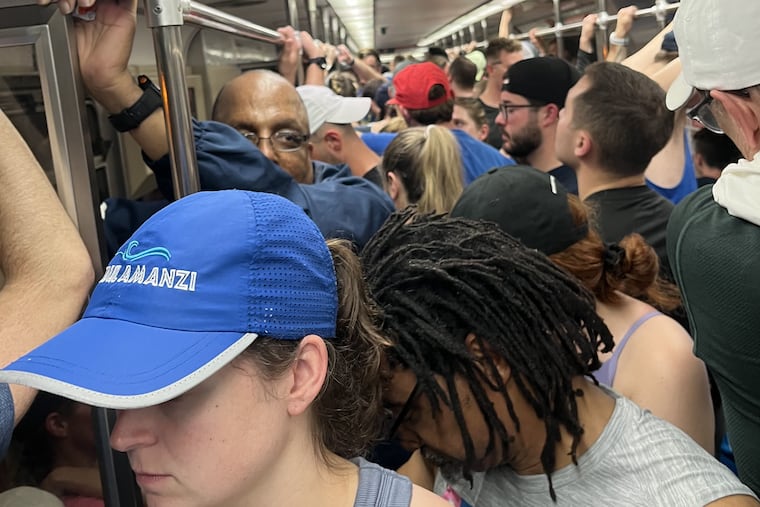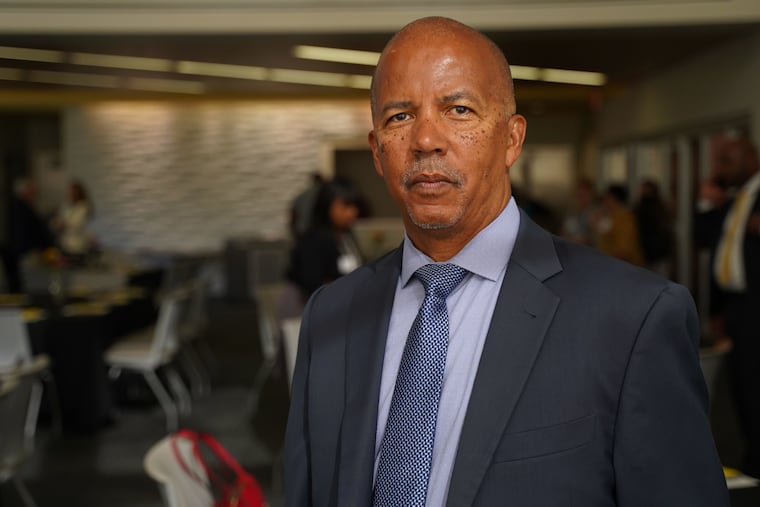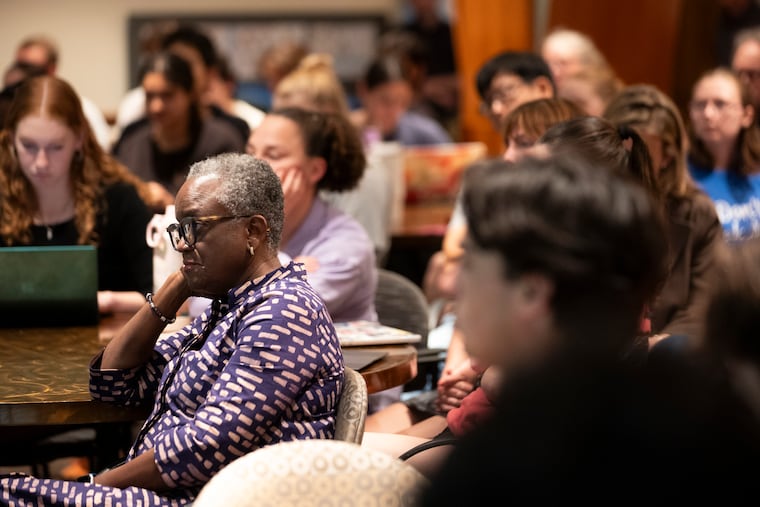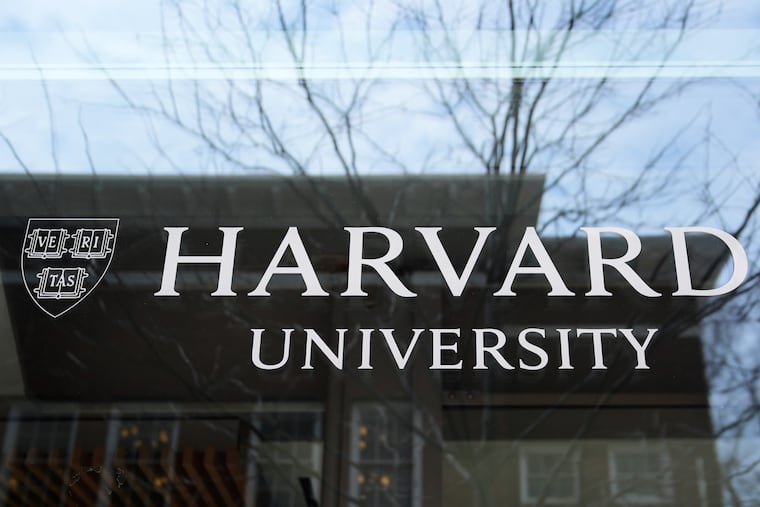Most voters in both parties support increasing food stamps for those in poverty, poll finds
The poll also discovered that “only the wealthiest and most conservative Americans support cuts” to food stamps and other safety-net programs.
- Philadelphia won’t have a cardinal elector in the conclave deciding the next pope. Here’s why.
- SEPTA subway train carrying hundreds of Broad Street runners loses power
- Staffers allege a regression in Sen. John Fetterman’s recovery, tension with wife Gisele in NYMag report
- Aaron Nola earns first win as Phillies beat Arizona, 7-2, with HRs by J.T. Realmuto and Max Kepler
- Daryl Morey has no regrets about the Al Horford trade that could cost the Sixers a first-rounder
Link copied to clipboard
Lisa Mascaro and Josh Boak, Associated Press
Link copied to clipboard
Link copied to clipboard
Link copied to clipboard
Link copied to clipboard
Link copied to clipboard
Link copied to clipboard
Paul Wiseman, Associated Press
Link copied to clipboard
Matthew Lee and Farnoush Amiri, Associated Press
Link copied to clipboard
Link copied to clipboard
Seung Min Kim, Associated Press
Link copied to clipboard


